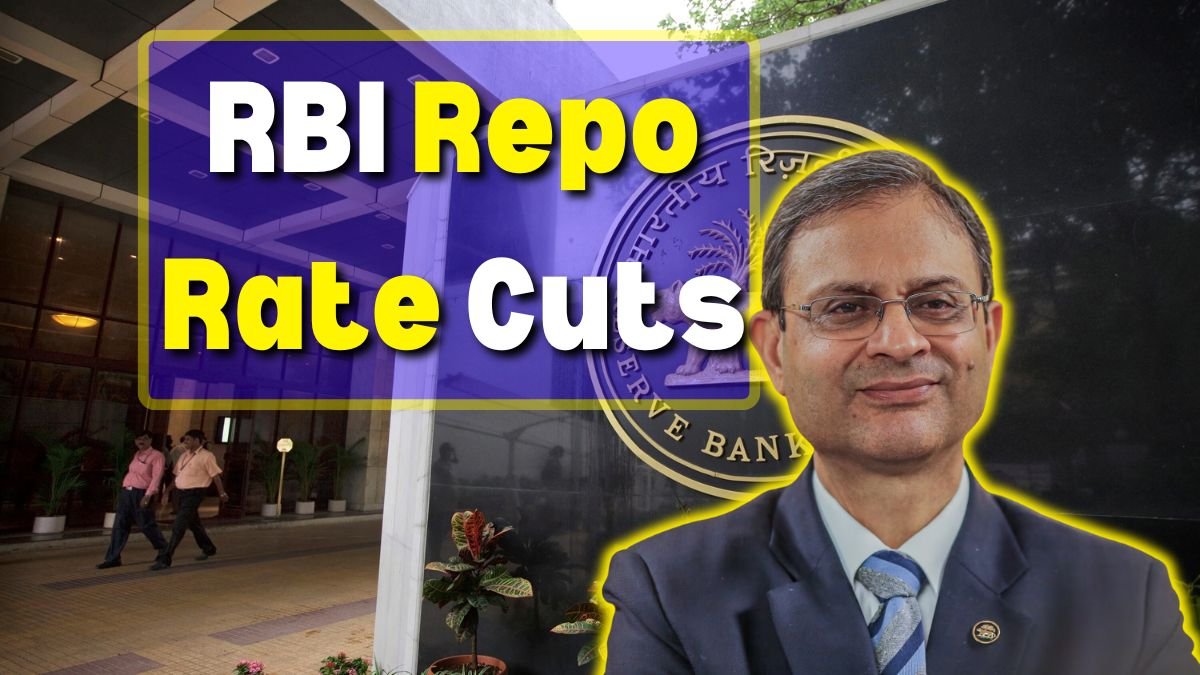Recording a relative balance between optimism and caution, the Reserve Bank of India (RBI) preferred 25 basis points of cautious repo rate cuts that would make room for any contingencies of the global economy and weather disturbances. The announcement on April 9 indicates the central bank’s well-calibrated approach toward supporting growth while keeping an eye on inflation.
The six member Monetary Policy Committee (MPC) unanimously voted for an immediate reduction in the repo rate to 6%, effective immediately. The meeting that took place from April 7 to April 9, also saw the shifting of the RBI’s policy stance from neutral to accommodative, showing willingness to continue supporting economic growth depending on the need.
The Highlights from the April Monetary Policy Announcement of the RBI
1. Repo Rate Cut with a Shift in Policy Stance
RBI Governor Sanjay Malhotra announced a 25 bps reduction in the repo rate to 6%. Therefore:
- SDF rate is now 5.75%.
- The MSF rate and bank rate are now 6.25%.
The shift in stance to accommodative means the RBI is ready to loosen monetary policy further should the economy demand it.
2. Inflation Expected to Ease Further in FY26
The RBI has cut the inflation estimates, projecting inflation for the current financial year at 4% from 4.2% estimated earlier. This indicates that price pressures are likely to remain subdued; hence, the central bank would have the room to work on growth.
3. Revised GDP Growth Forecasts for FY26
While maintaining a positive outlook, the RBI has slightly trimmed its GDP growth projections for 2025-26 to 6.5%, down from the previous 6.7%. The quarterly breakdown is as follows:
- Q1 FY26: 6.5% (revised from 6.7%)
- Q2 FY26: 6.7% (down from 7%)
- Q3 FY26: 6.6% (up from 6.5%)
- Q4 FY26: 6.3% (down from 6.5%)
Governor Malhotra stated, “Real GDP growth for 2025-26 is projected at 6.5%, with risks evenly balanced.” This adjustment reflects cautious optimism amid evolving domestic and global economic conditions.
Disclaimer: This article is for informational purposes only. The views expressed are those of analysts and should not be considered financial advice. Always consult a certified financial expert before making investment decisions, as market conditions can change rapidly.


